Difference Between Teacher and Trainer
Understanding the difference between a teacher and a trainer is essential for choosing the right path in education or professional development. Both roles are crucial in providing knowledge and skills, but they operate in different contexts and have distinct objectives. Discover the key differences between teachers and trainers, and how their roles, methods, and objectives vary in educational and professional settings.
Definition of Teacher and Trainer
Teacher: A teacher is an educator who provides knowledge, skills, and values to students in a structured educational setting, such as schools or universities. Teachers focus on academic subjects and student development.
Trainer: A trainer is a professional who provides instruction and guidance to individuals or groups to develop specific skills or competencies, often in a professional or vocational context. Trainers focus on practical application and skill mastery.
Key Differences Between Teaching and Training
Understanding the differences between teaching and training is essential for choosing the right approach for your learning or career goals.
Some of the key differences include:
Objective
Teaching
The primary goal of teaching is to give broad-based knowledge and promote intellectual growth among students. Teachers aim to develop critical thinking, creativity, and a deep understanding of subjects. This approach is designed to prepare students not just for exams, but for lifelong learning and personal development.
Knowledge Acquisition: Teaching focuses on building a comprehensive knowledge base across various subjects.
Intellectual Growth: Encourages the development of cognitive skills such as analysis, synthesis, and evaluation.
Development: Aims to nurture students' overall development, including moral, social, and emotional growth.
Training
Training aims to supply individuals with specific skills needed for particular tasks or jobs. Trainers focus on improving performance, productivity, and proficiency in particular areas.
Skill Acquisition: Training is centred around acquiring practical skills that are immediately applicable.
Performance Improvement: Aims to enhance the efficiency and effectiveness of trainees in their specific roles.
Job Readiness: Prepares individuals to meet the demands of their professional roles.
Methodology
Teaching
Teaching utilizes various pedagogical methods, including lectures, discussions, projects, and exams. The emphasis is on theory and knowledge acquisition, with a structured approach to learning.
Lectures: Formal presentations of information to large groups of students.
Discussions: Interactive sessions that encourage students to engage and think critically.
Projects: Assignments that require students to apply what they have learned in practical or theoretical contexts.
Exams and Quizzes: Assessments that test students' understanding and retention of knowledge.
Training
Training employs hands-on approaches, simulations, role-playing, and practical exercises. The emphasis is on experiential learning and immediate application, ensuring that trainees can directly apply skills in real-world scenarios.
Hands-On Exercises: Practical activities that allow trainees to practice and refine their skills.
Simulations: Realistic scenarios that mimic actual work environments, helping trainees prepare for real-life situations.
Role-Playing: Exercises where trainees act out specific roles to practice skills and problem-solving.
Practical Demonstrations: Live demonstrations of techniques and processes, followed by trainee practice.
Environment
Teaching
Teaching typically takes place in formal educational settings such as schools, colleges, and universities. These environments provide a structured curriculum and longer-term engagement with students.
Classrooms and Lecture Halls: Traditional learning spaces designed for group instruction.
Laboratories and Workshops: Specialized environments for practical and experimental learning.
Libraries and Resource Centers: Access to extensive learning materials and resources.
Training
Training occurs in diverse settings, including workplaces, training centres, and online platforms. Training programs are often shorter-term and more flexible, sometimes online-based and customized to the specific needs of the industry or job role.
Workplaces: On-the-job training in the actual work environment.
Training Centres: Dedicated facilities equipped with resources for specific types of training.
Online Platforms: Virtual learning environments that offer flexibility and accessibility.
Assessment
Teaching
Teaching uses exams, quizzes, assignments, and projects to assess understanding and knowledge retention.
Exams and Quizzes: Standardized tests to evaluate students' knowledge and understanding.
Assignments: Tasks that require independent research and application of concepts.
Projects: Long-term assignments that assess comprehensive understanding and practical application.
Continuous Assessment: Regular evaluation through class participation, homework, and other activities.
Training
Training uses practical demonstrations, performance evaluations, and competency assessments to measure skill acquisition and application.
Practical Demonstrations: Trainees show their ability to perform specific tasks.
Performance Evaluations: Assessments of how well trainees perform in real or simulated work situations.
Competency Assessments: Evaluations of trainees' proficiency and readiness to apply their skills in the workplace.
Feedback Sessions: Regular feedback to help trainees improve their skills and address any weaknesses.
Skills Required for Teachers and Trainers
Skills for Teachers
Strong Subject Knowledge A teacher must have a deep understanding of the subject they teach. This includes not only the core concepts but also the ability to connect these concepts to real-world applications. Strong subject knowledge ensures that teachers can confidently answer students' questions and provide thorough explanations.
Patience and Empathy Teaching often involves working with students of varying abilities and backgrounds. Patience allows teachers to handle classroom challenges calmly, while empathy helps them understand and address the unique needs and concerns of each student. These qualities create a supportive and inclusive learning environment.
Classroom Management Effective classroom management is essential for maintaining an orderly learning environment. This includes setting clear expectations, managing student behaviour, and promoting a positive classroom culture.
Lesson Planning and Organization Teachers must be experts at planning lessons that align with curriculum standards and learning objectives. This involves organizing materials, structuring activities, and assessing student progress. Well-planned lessons help students understand and retain information better, leading to more effective learning outcomes.
Communication and Presentation Skills Clear and engaging communication is key to effective teaching. Teachers must be able to present information in a way that is accessible and interesting to students. This includes using various teaching resources, such as visual aids and interactive activities, to enhance understanding and retention.
Skills for Trainers
Expertise in Specific Skills or Industry Trainers need to have in-depth knowledge and practical experience in the specific skills or industry they are training in. This expertise allows them to provide accurate, relevant, and up-to-date instruction.
Adaptability and Flexibility Training often involves working with diverse groups of learners, each with different needs and learning styles. Trainers must be adaptable and flexible, capable of adjusting their training methods and materials to suit different audiences.
Facilitation and Coaching Skills Effective trainers are skilled facilitators and coaches. Facilitation involves guiding discussions, encouraging participation, and ensuring that all learners are engaged. Coaching focuses on providing personalized feedback and support to help learners achieve their goals.
Practical and Hands-on Instructional Techniques Training emphasizes practical, hands-on learning. Trainers must be proficient in using instructional techniques that allow learners to practice and apply new skills. This includes designing simulations, role-playing systems, and practical exercises that reflect real-world tasks and challenges.
Ability to Assess and Provide Feedback on Performance Assessment and feedback are critical components of effective training. Trainers need to evaluate learners' performance through various methods, such as practical demonstrations, quizzes, and peer assessments.
Educational Pathways and Qualifications
Qualifications for Teachers
Bachelor's Degree in Education or Related Field: This foundational qualification provides the theoretical and practical knowledge necessary for teaching. A Bachelor of Education (B.Ed.) or a related degree equips future teachers with the skills needed to manage classrooms, develop lesson plans, and foster student learning and development.
Teaching Certification or License: In most educational settings, a teaching certification or license is required. This ensures that teachers meet the standards set by educational authorities and are qualified to teach specific subjects or grade levels.
Master’s Degree for Advanced Positions: While not always required, a Master’s degree can open doors to advanced teaching positions, such as school administration, curriculum development, or specialized educational roles. Degrees like a Master of Education (M.Ed.) provide deeper insights into educational theory and practice.
These two major degrees will allow you to begin your academic career straight immediately. For further information, see the following resources:
How To Become a Primary School Teacher in Australia
How to Become a Secondary Teacher
Qualifications for Trainers
Relevant Industry Certifications: Certifications such as Certificate IV in Training and Assessment (TAE40116) are essential for professional trainers in Australia. This certification provides trainers with the skills to design and deliver training programs, assess learner competence, and ensure that training meets industry standards.
Additional Certifications in Specialized Areas: Depending on the training field, additional certifications may be beneficial. For example, trainers in the fitness industry might pursue specific fitness certifications, while corporate trainers might benefit from business or management certifications.
Some of the major certifications include:
Certificate IV in Training and Assessment: It is a highly regarded qualification for those looking to become professional trainers in Australia. This course covers the essential skills needed to design and deliver effective training programs, evaluate learner competence, and ensure compliance with industry standards.
Course Content: Includes units on designing and developing learning programs, planning assessment activities, and facilitating group-based learning.
Duration and Cost: Typically takes 6 to 12 months to complete. Costs vary depending on the training provider.
Career Opportunities: Graduates can pursue roles such as corporate trainers, vocational education trainers, and instructional designers.
Diploma of Training Design and Development: This is designed for experienced trainers seeking to advance their skills in designing, developing, and evaluating training programs.
Course Content: Covers advanced training design, needs analysis, and evaluation methods.
Duration and Cost: Generally takes 1 to 2 years to complete. Costs vary depending on the provider.
Career Opportunities: Prepares graduates for senior training roles, including training managers and learning and development specialists.
Diploma of Vocational Education and Training: It is ideal for those looking to specialize in vocational training. This course provides in-depth knowledge of vocational education principles, advanced training techniques, and compliance with regulatory requirements.
Course Content: Focuses on vocational training design, implementation, and quality assurance.
Duration and Cost: Typically takes 1 to 2 years to complete. Costs vary depending on the training provider.
Career Opportunities: Qualifies graduates for roles such as vocational education trainers, training consultants, and compliance officers.
Career Opportunities
Career Paths for Teachers
Primary and Secondary School Teacher: Teaching students at different levels of schooling, focusing on academic and personal development.
University Lecturer or Professor: Instructing higher education students and engaging in research activities.
Special Education Teacher: Working with students who have special needs to provide tailored educational support.
Educational Consultant: Advising schools and educational institutions on curriculum development and teaching strategies.
School Administrator or Principal: Managing the operations of educational institutions and leading academic programs.
Career Paths for Trainers
Corporate Trainer: Providing training programs within businesses to enhance employee skills and productivity.
Vocational Instructor: Teaching practical skills in vocational training settings, such as TAFEs or trade schools.
Technical Trainer: Specializing in training for technical fields, including IT, engineering, and healthcare.
Training and Development Manager: Overseeing training programs and strategies within an organization to improve overall performance.
Instructional Designer: Creating and developing training materials and programs tailored to specific learning needs and objectives.
Choosing the Right Path for You
Assess Your Interests, Skills, and Career Goals: Reflect on what you enjoy doing, your strengths, and your long-term professional aspirations.
Consider the Environments and Methodologies That Suit Your Style: Decide whether you prefer a formal academic setting or a more flexible, hands-on training environment.
Evaluate the Long-Term Career Opportunities and Growth Potential: Research the job market and potential career advancements in both fields.
Seek Advice from Professionals in Both Fields: Talk to teachers and trainers to gain insights into their experiences and gather valuable advice.
Whether you are inclined towards the academic environment of teaching or the practical, skills-based approach of training, there is a rewarding path for you.
Ready to take the next step towards a fulfilling career?
Connect with Learning Options today!
FAQ
What is the difference between a teacher trainer and a facilitator?
Answer: The primary distinction between facilitators and instructors is that teachers utilize their subject area knowledge to create curriculum, presentations, and learning materials. Teachers develop and execute learning materials, whereas facilitators guide students through the process and help them optimize their education.
What is the distinction between a teacher trainer and a mentor?
Answer: Teachers deliver education and supervision in a specific venue, such as a classroom or online. Mentors function as long-term mentors, guiding their mentees through life.
Is becoming a trainer a profession?
Answer: A professional trainer is essentially a teacher who works in the corporate world. Instead of giving traditional education to children and teens, they offer both required and elective training for staff at all levels.
What's the difference between teaching and coaching?
Answer: Teaching is often a one-sided, directive, and instructive interaction; however, coaching is more two-way, continuing, and non-directive, with the coach serving as a 'guide on the side' and emphasizing the individual being coached's responsibility for their own decisions and actions.
What are the 5 methods of teaching?
Answer: List Of Teaching Methods -
Centered Instruction
Small Group Instruction
Constructivist Approach
Project-Based Learning
Inquiry-Based Learning






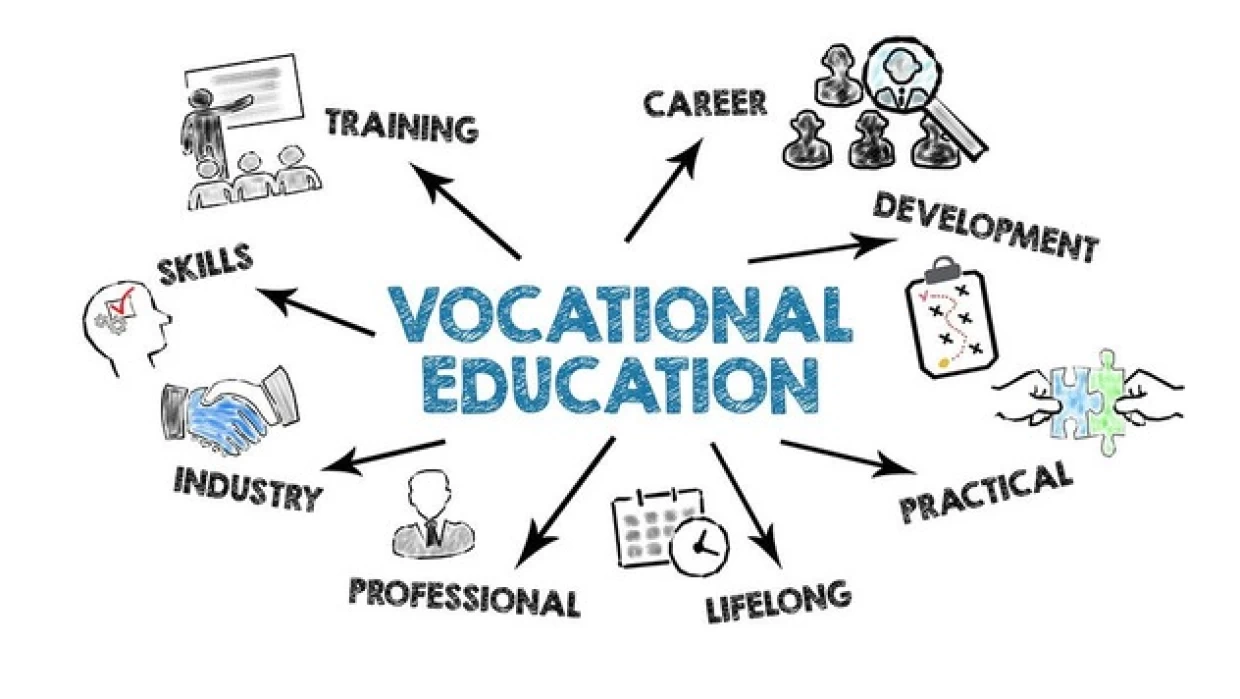
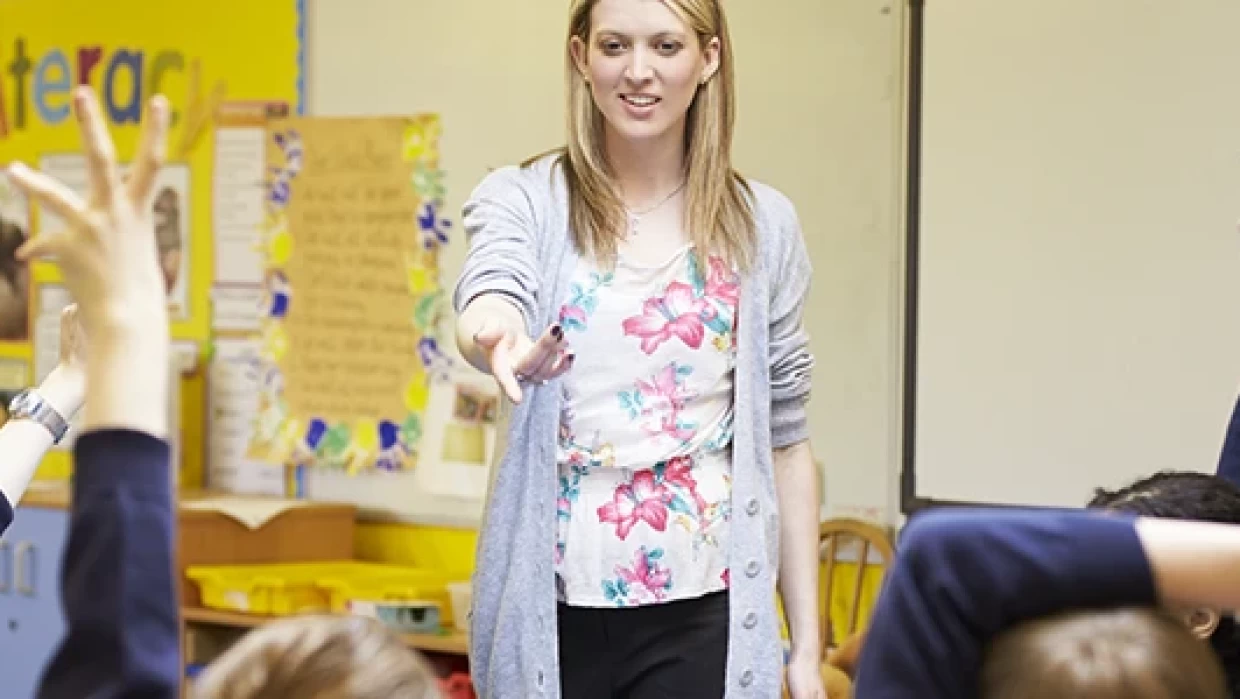



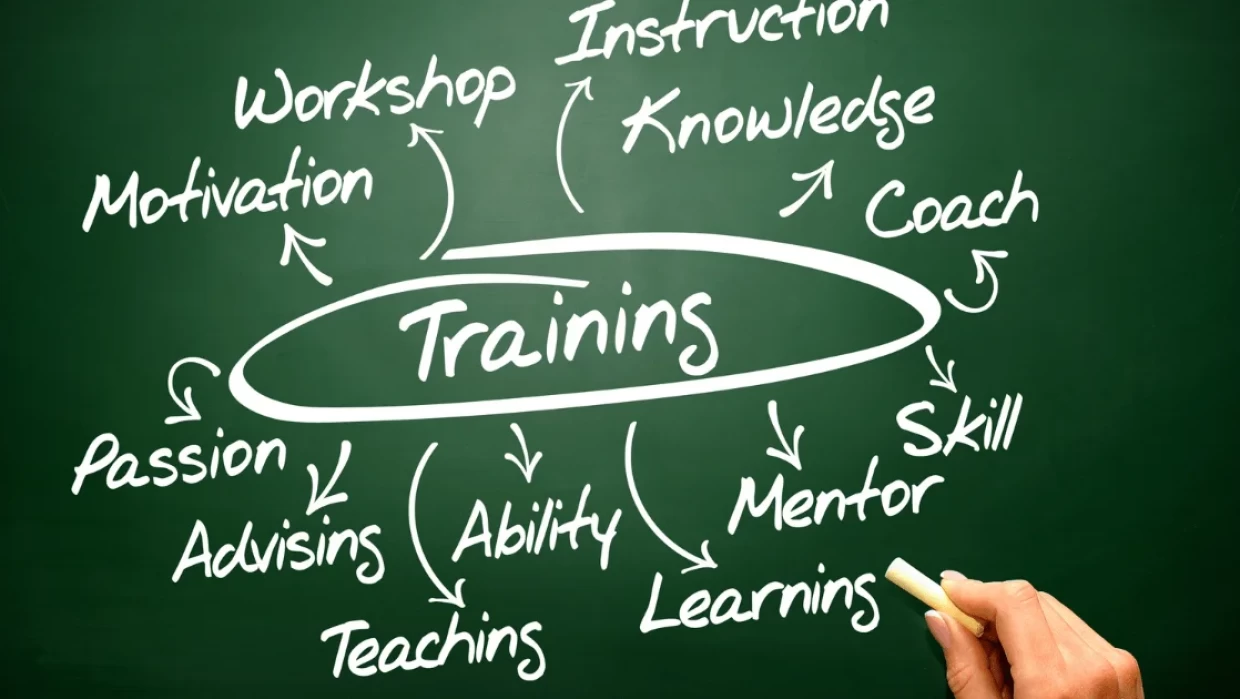


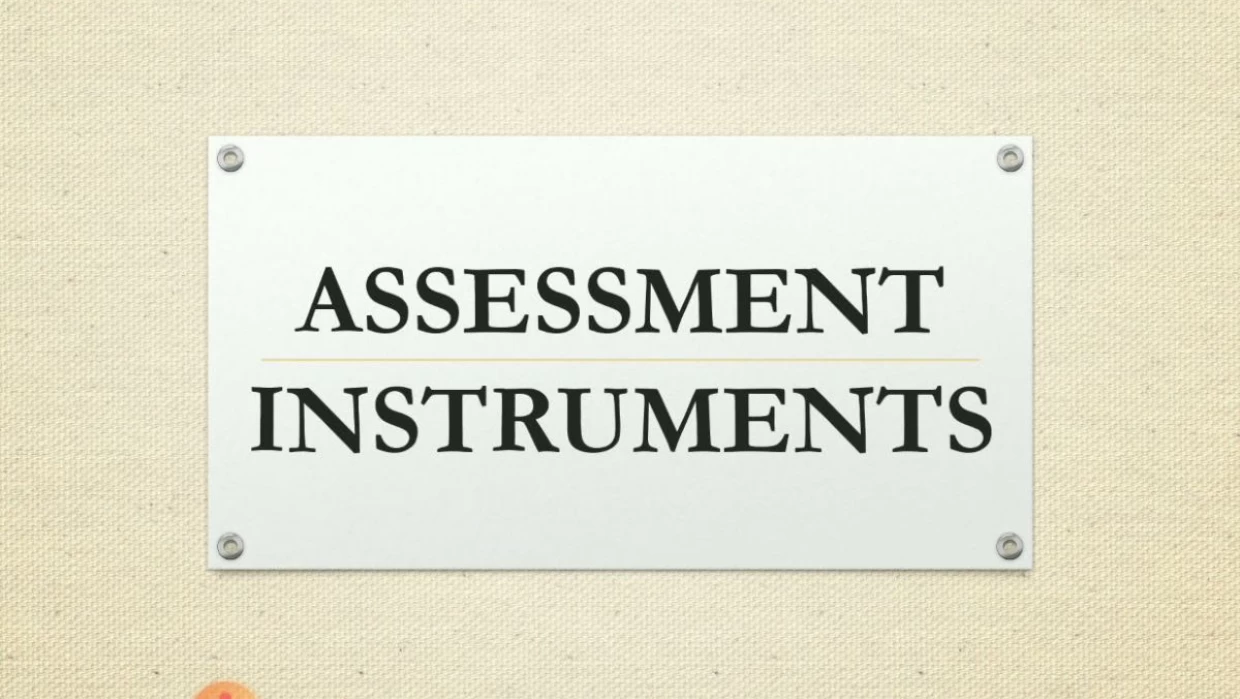





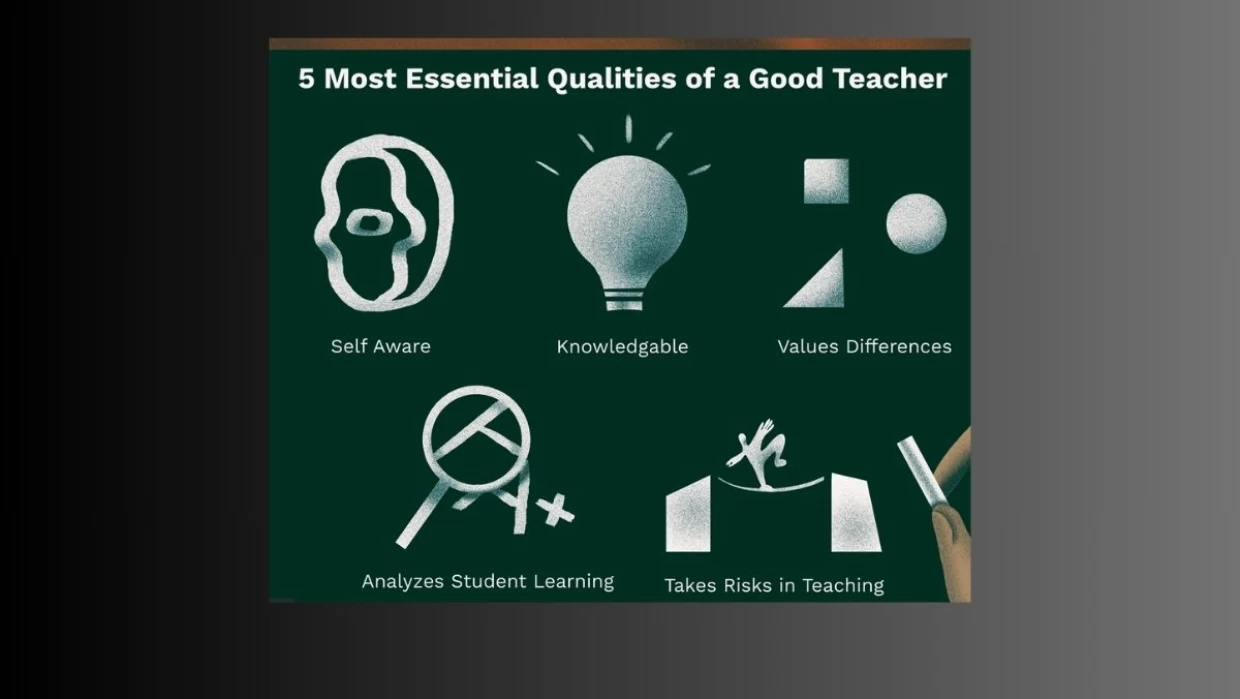

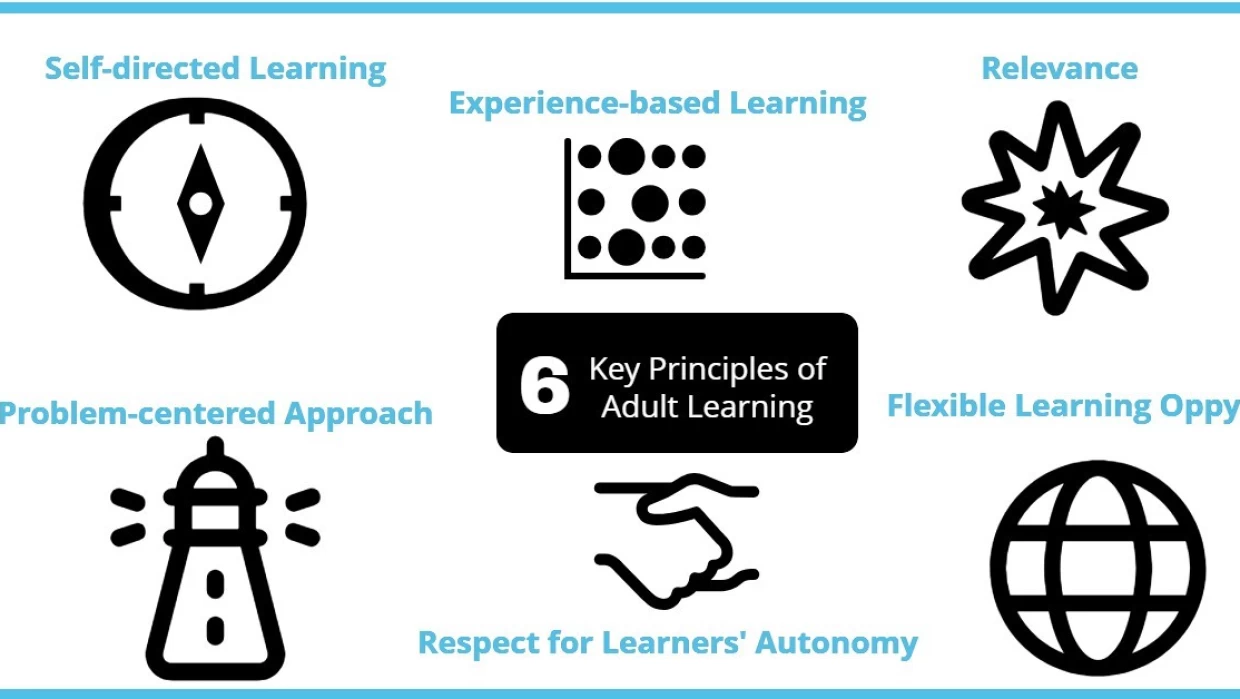













We would be delighted if you could get in touch with us.
Your email address will not be published. Required fields are marked